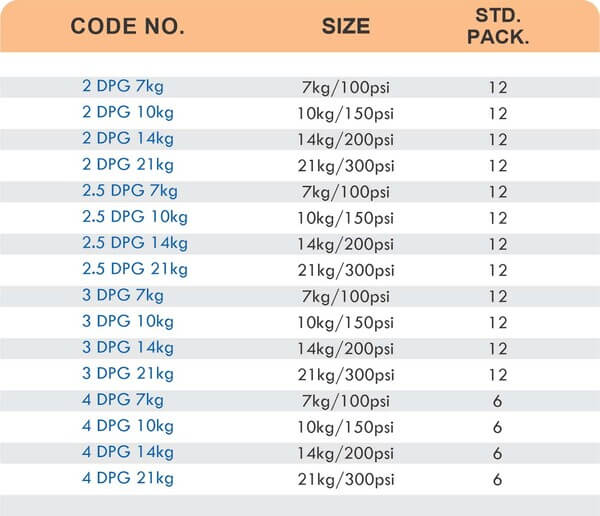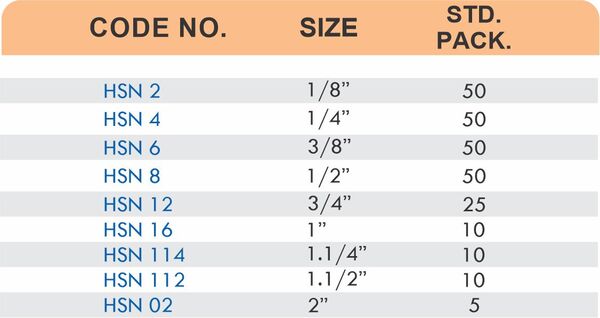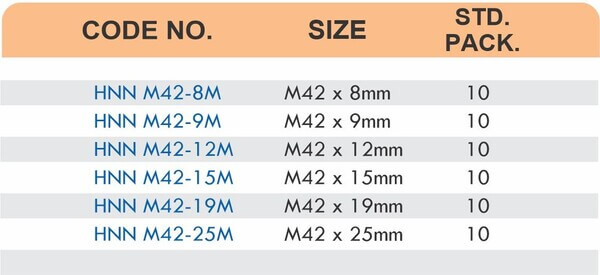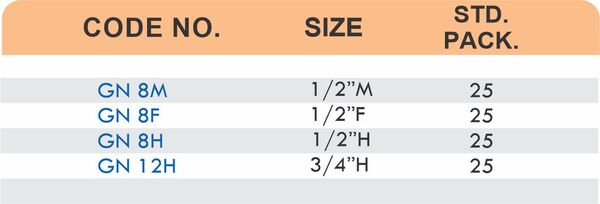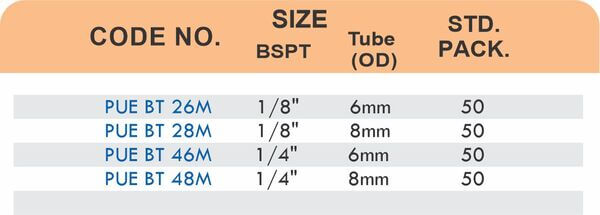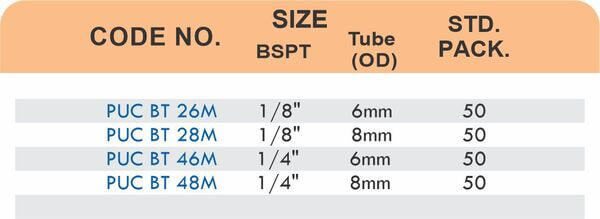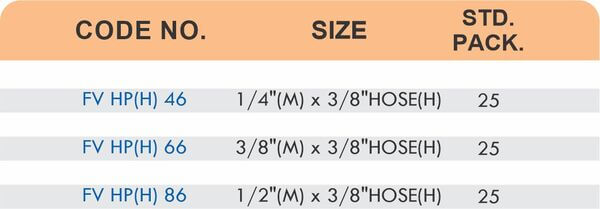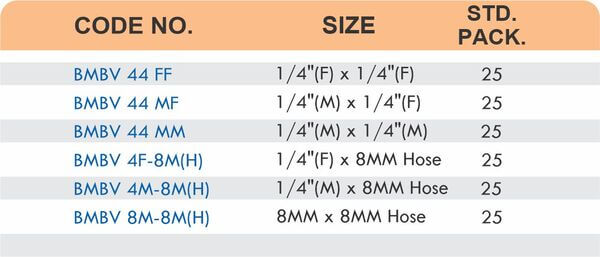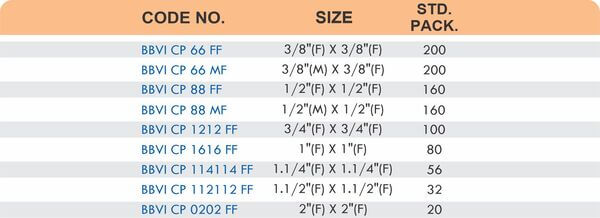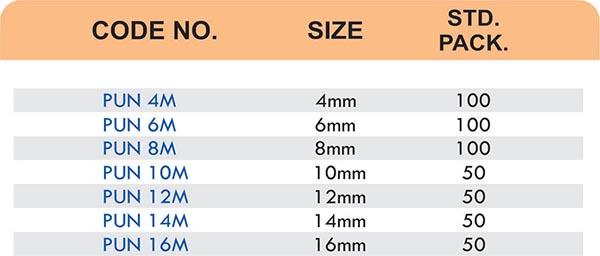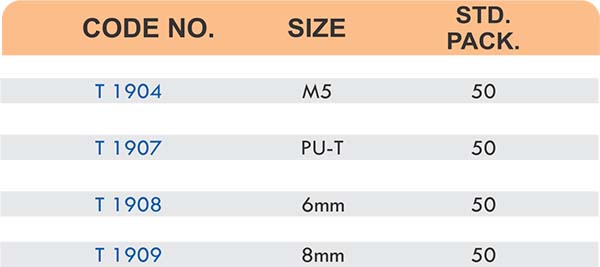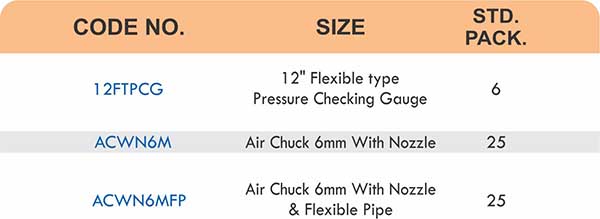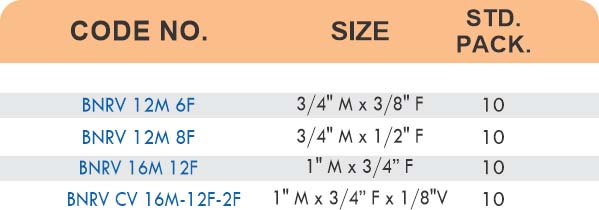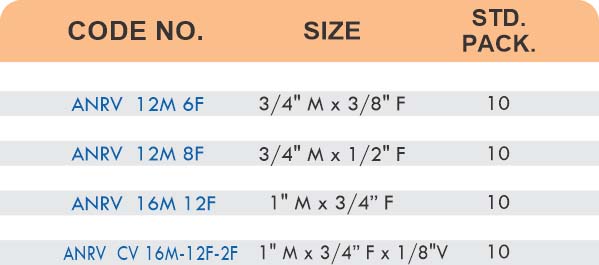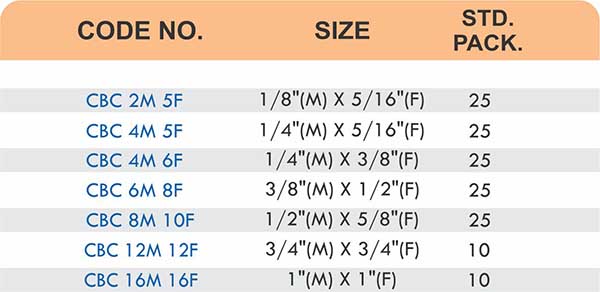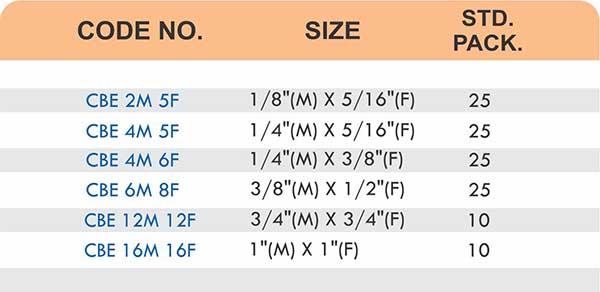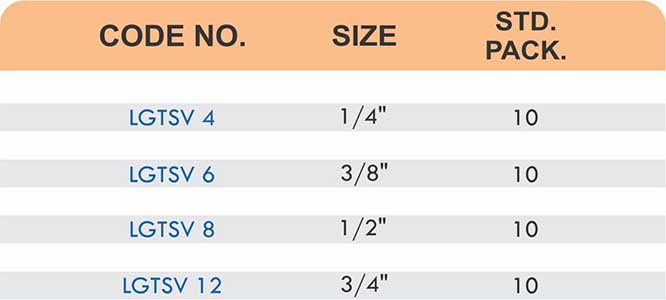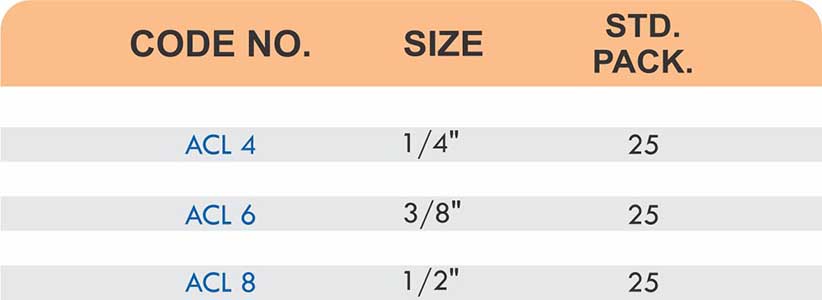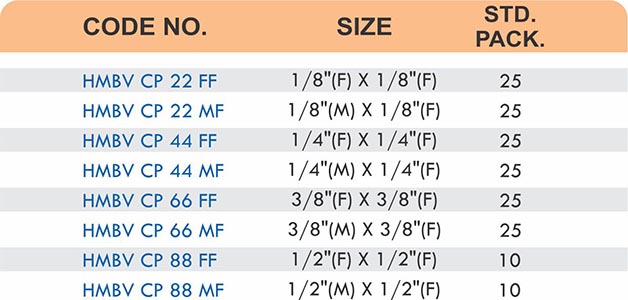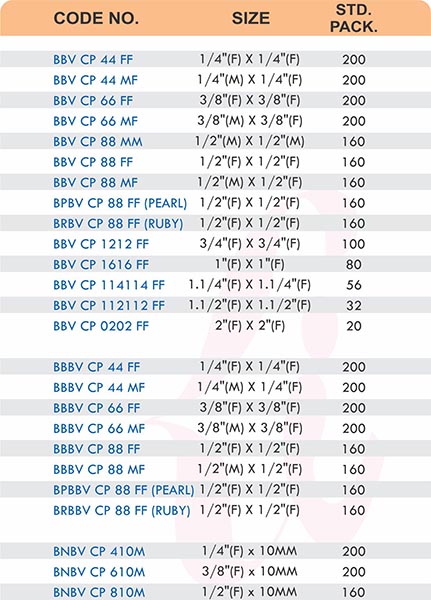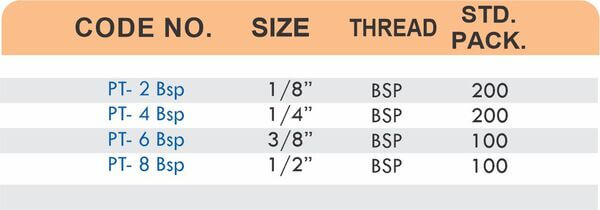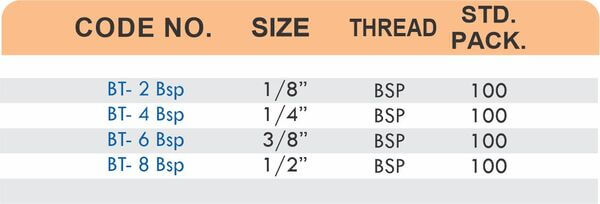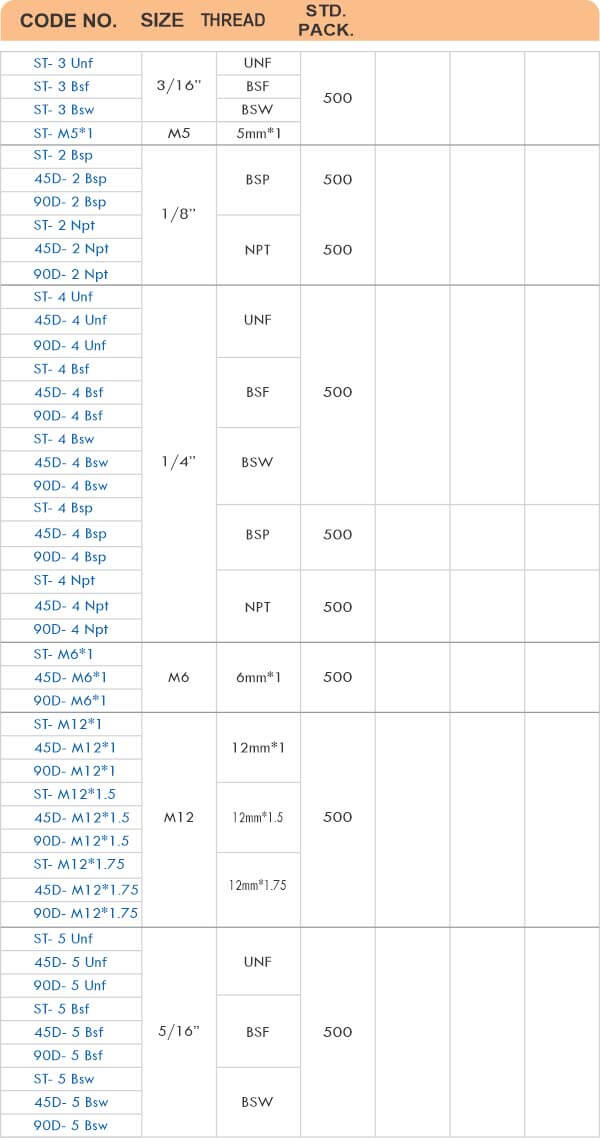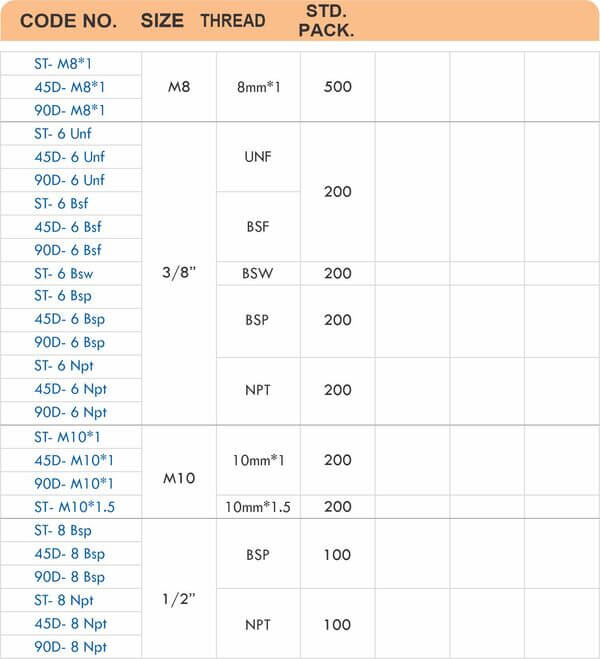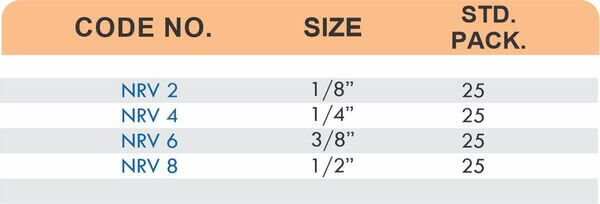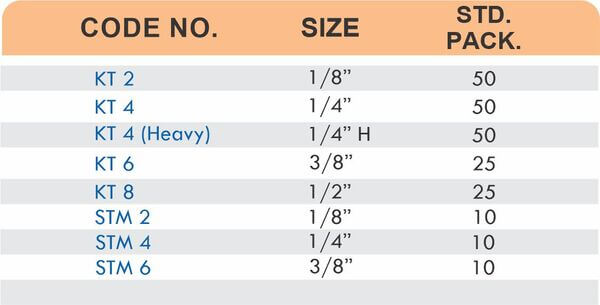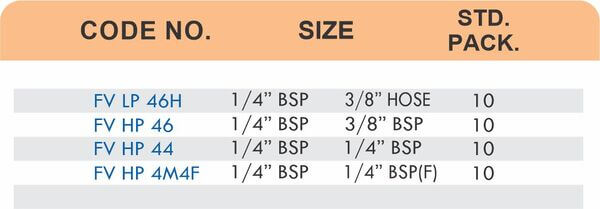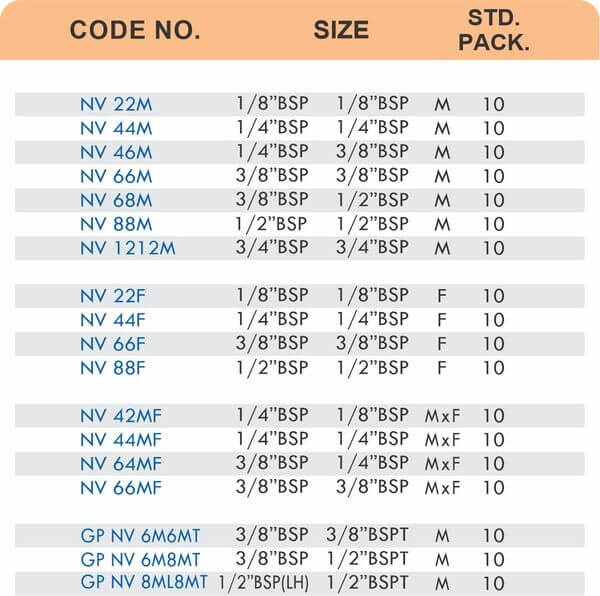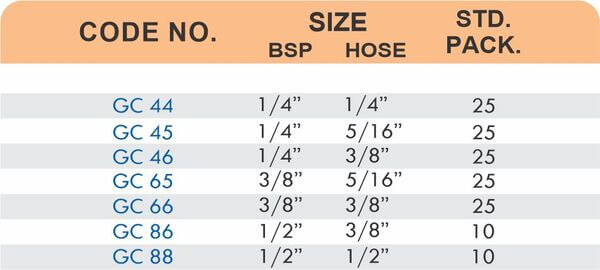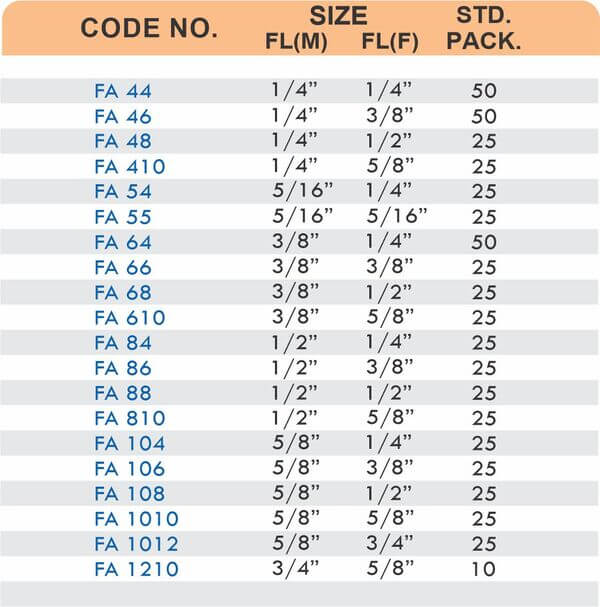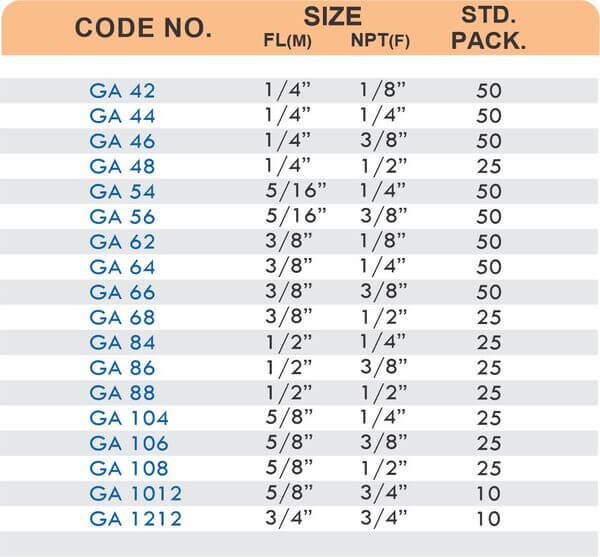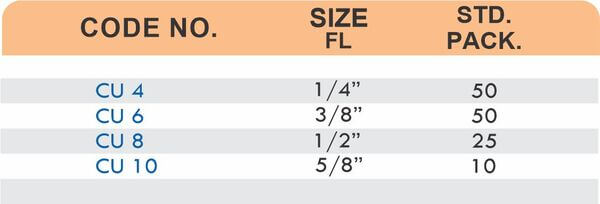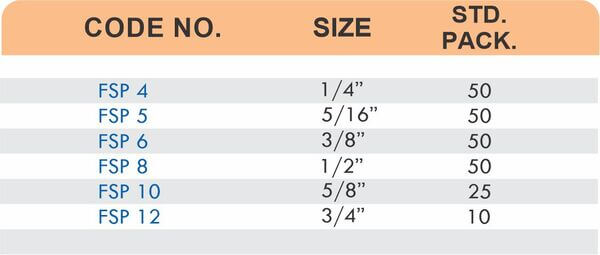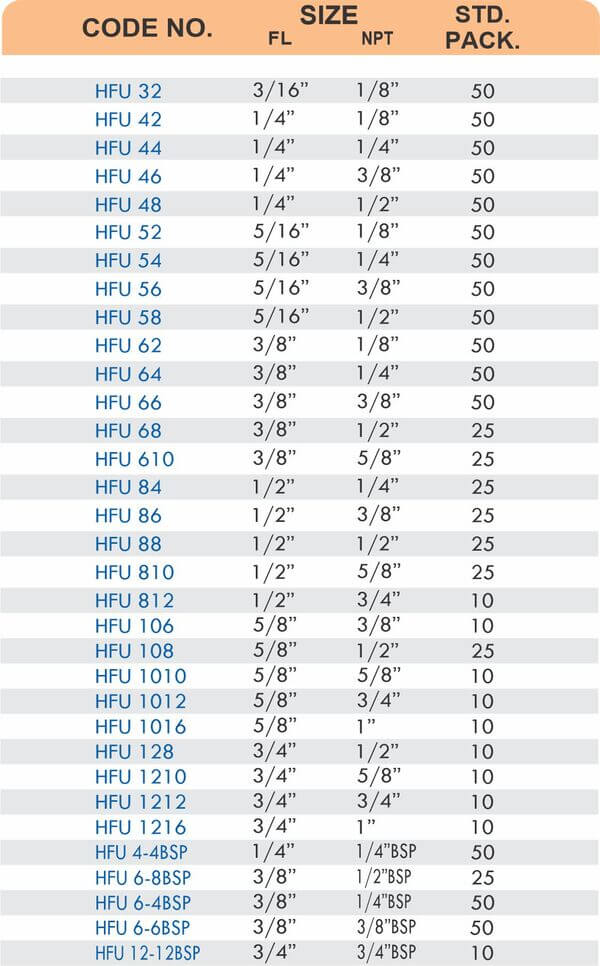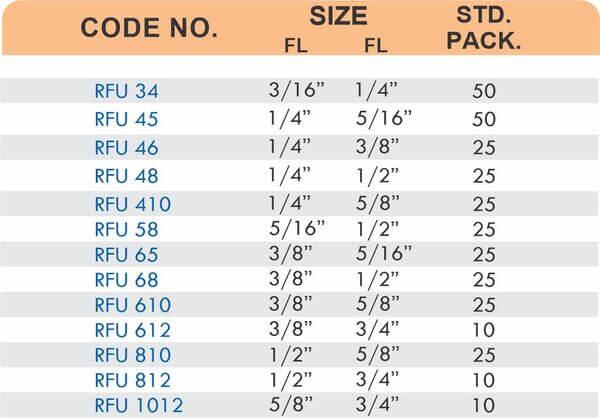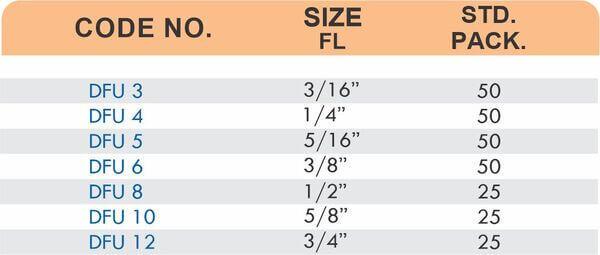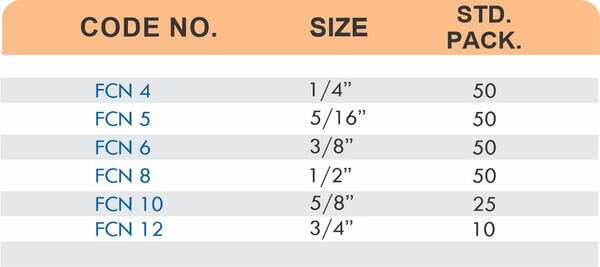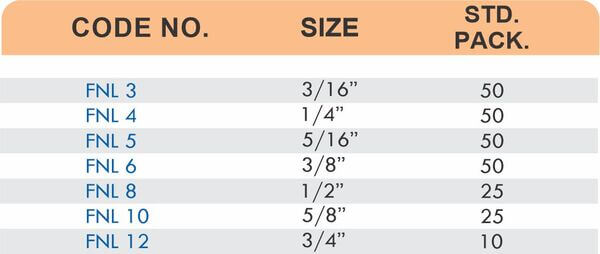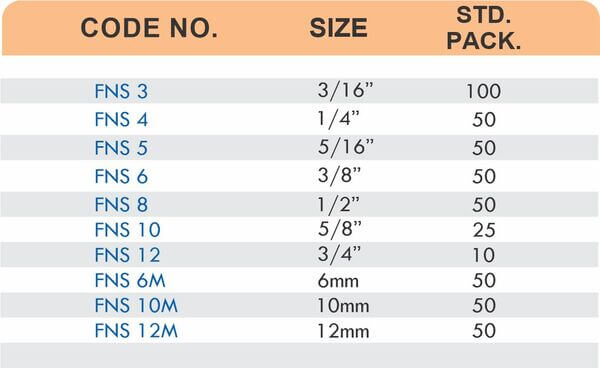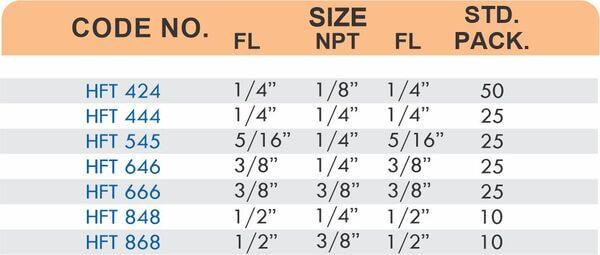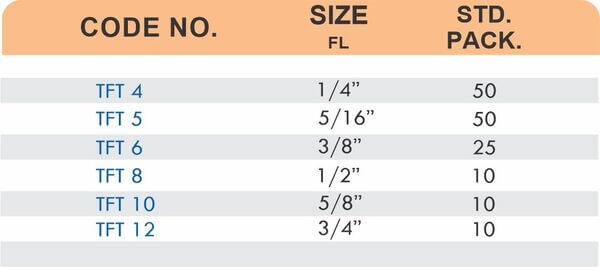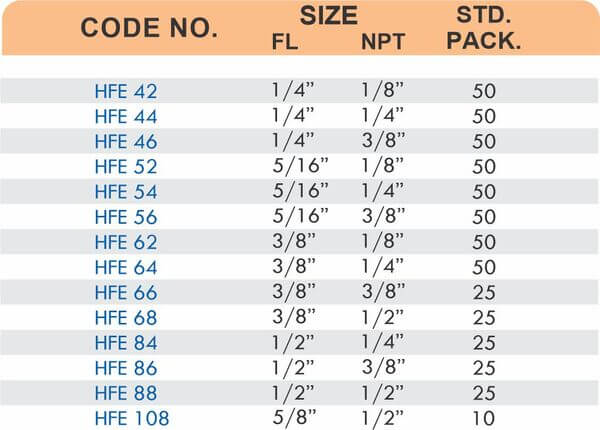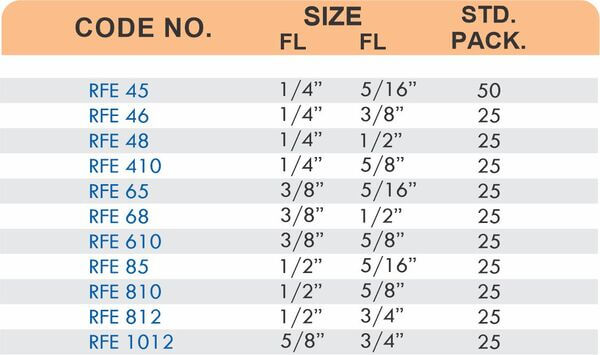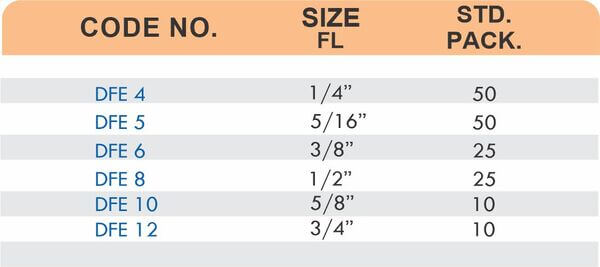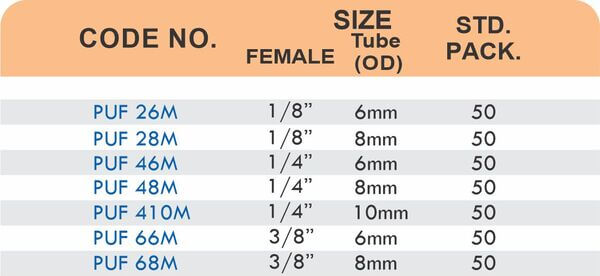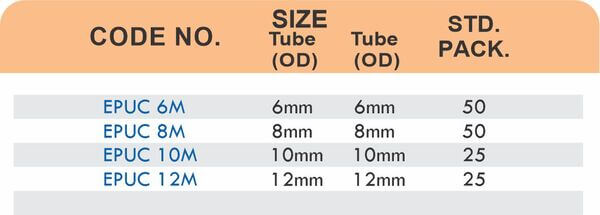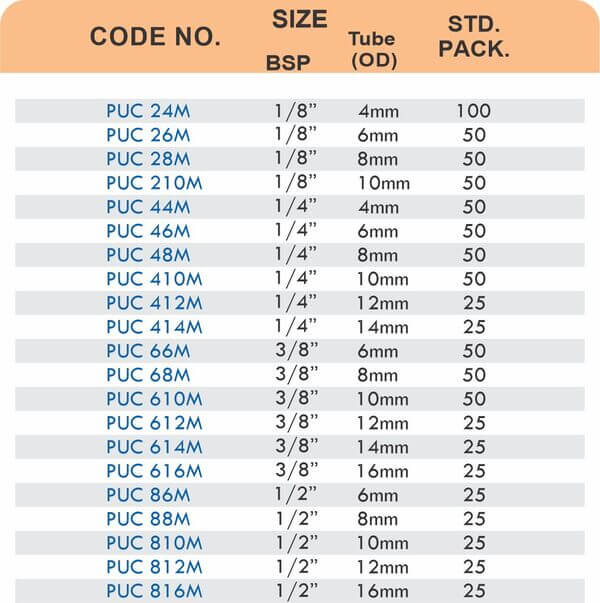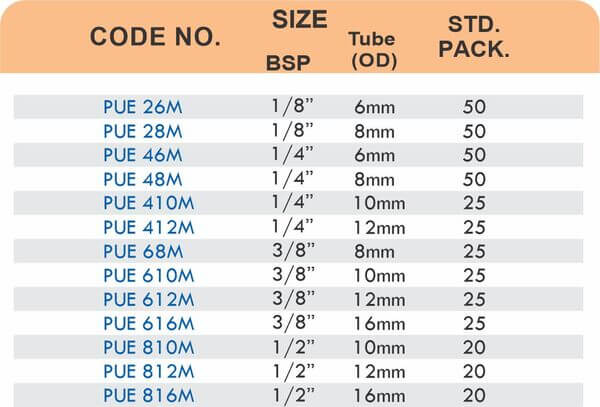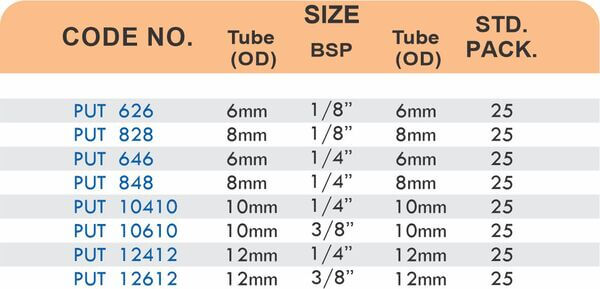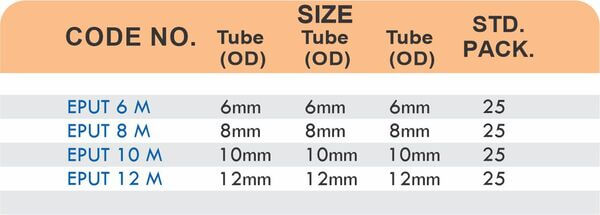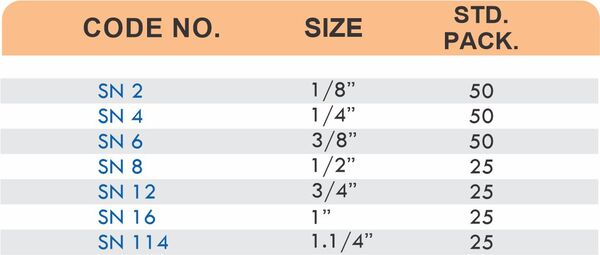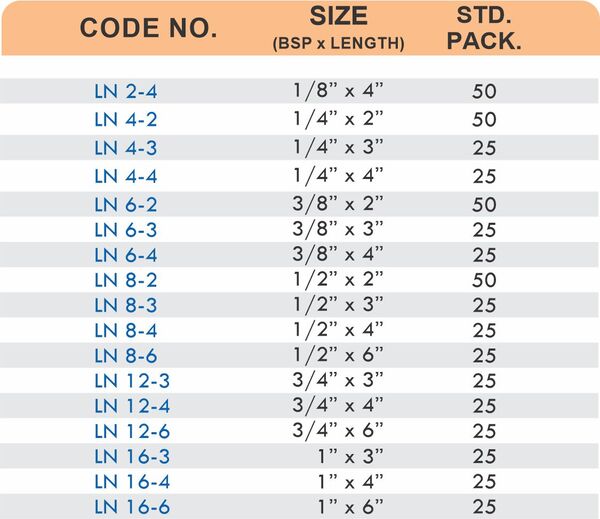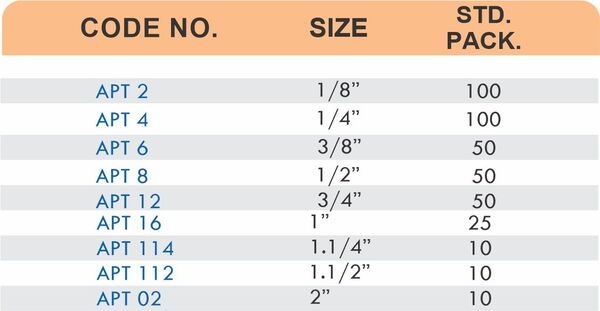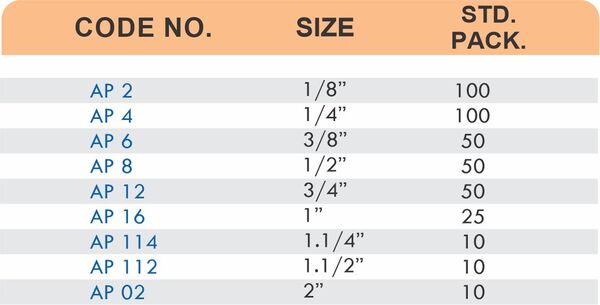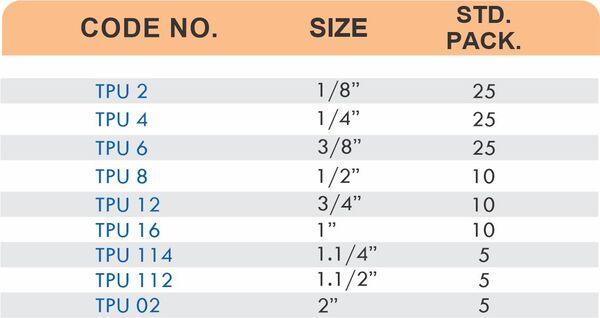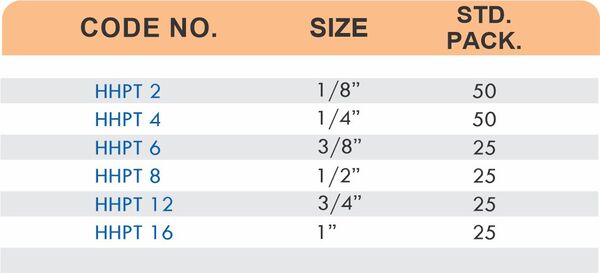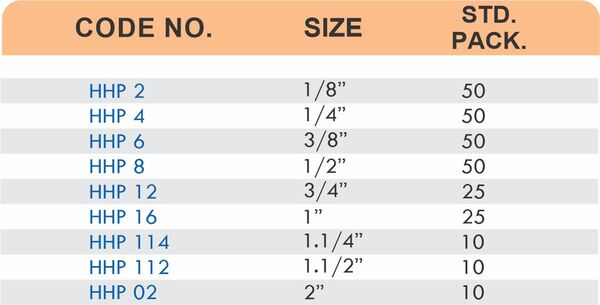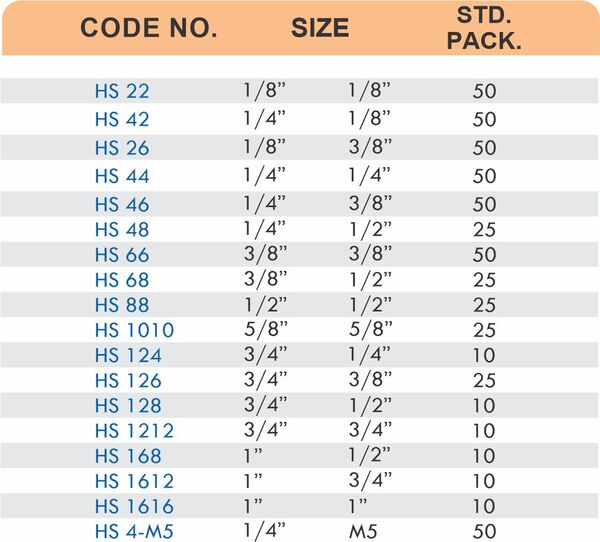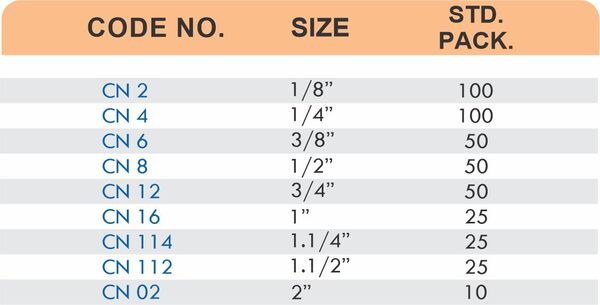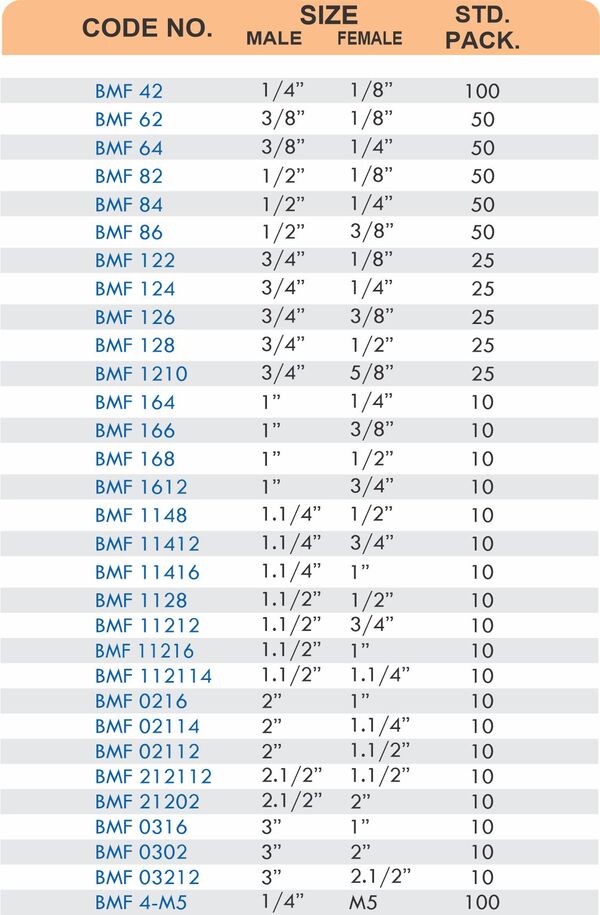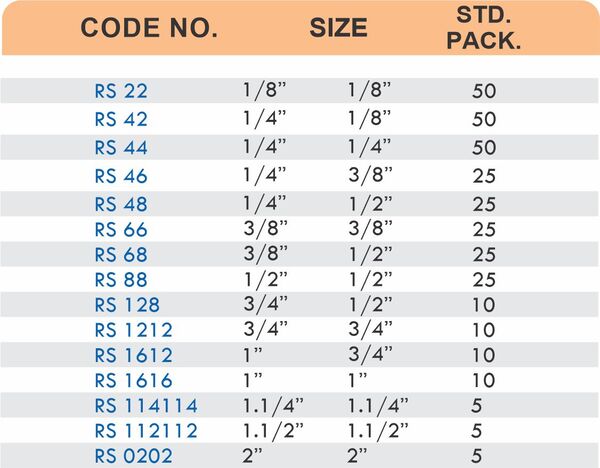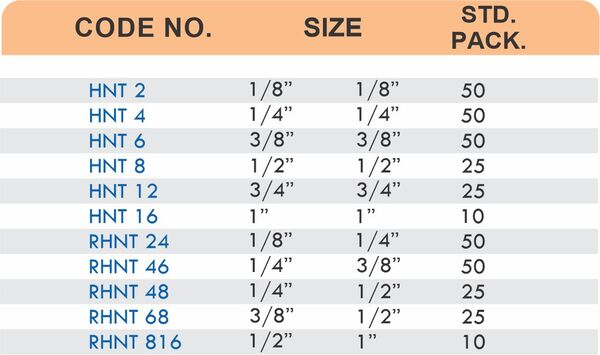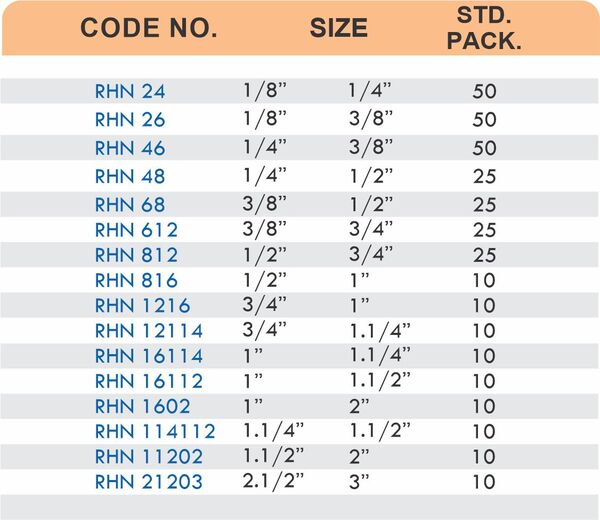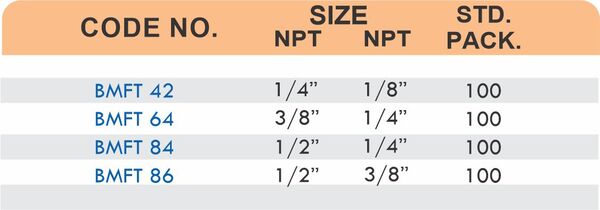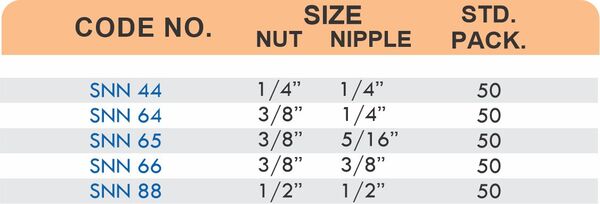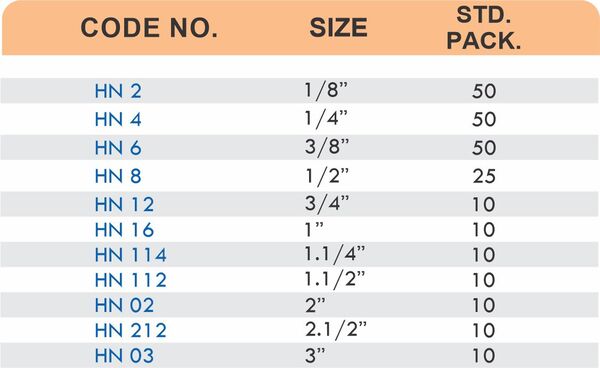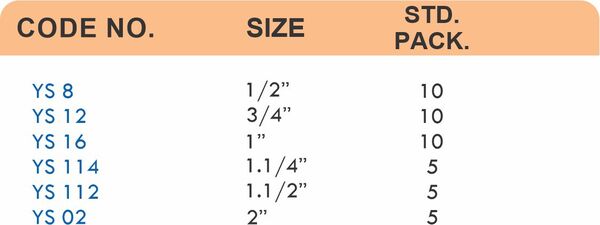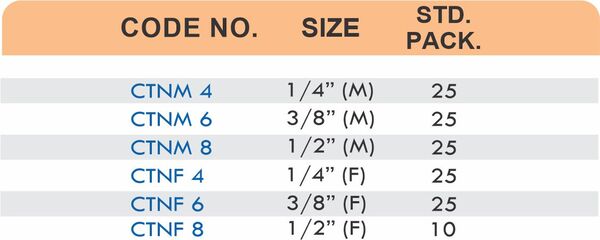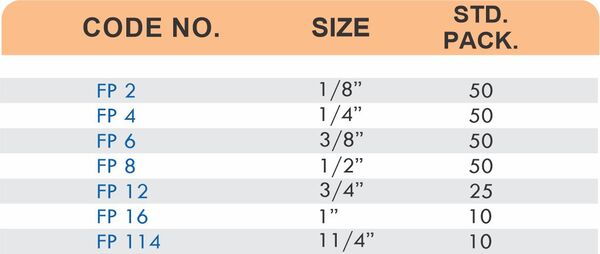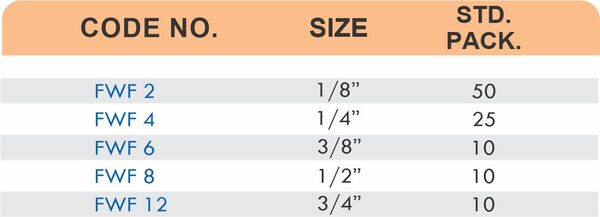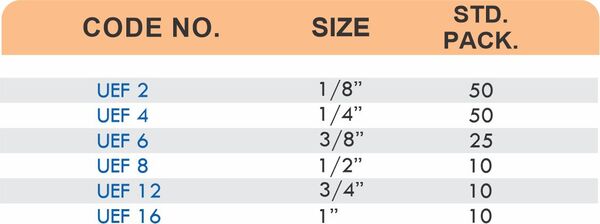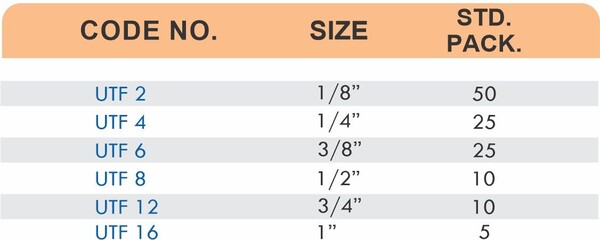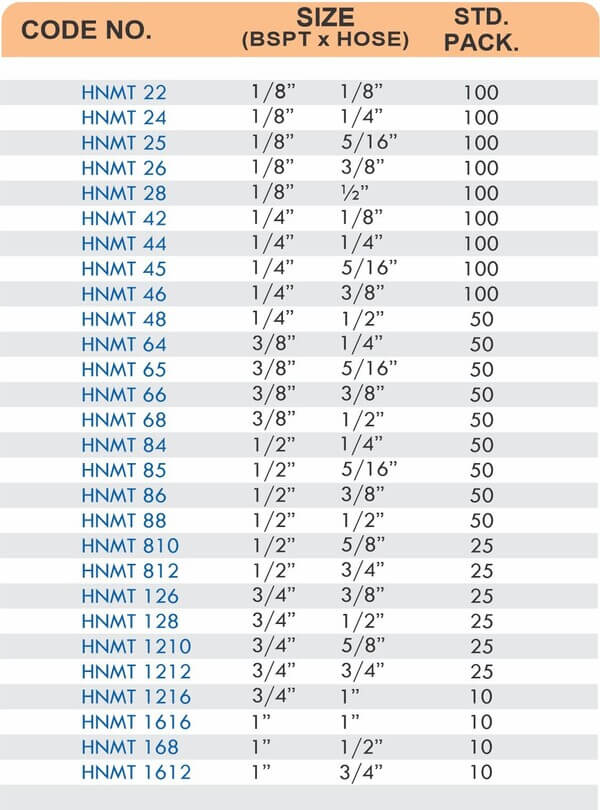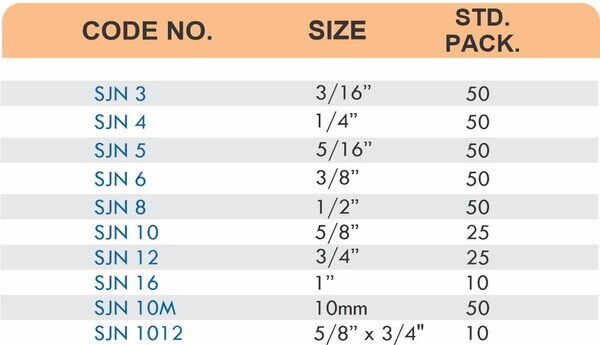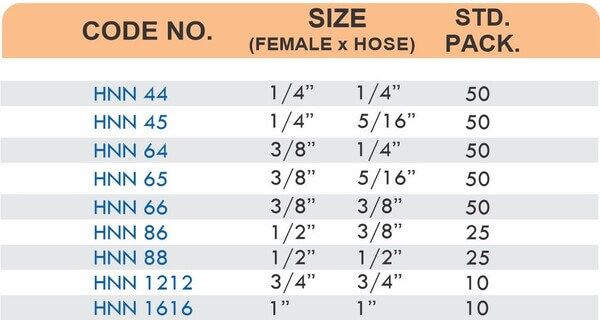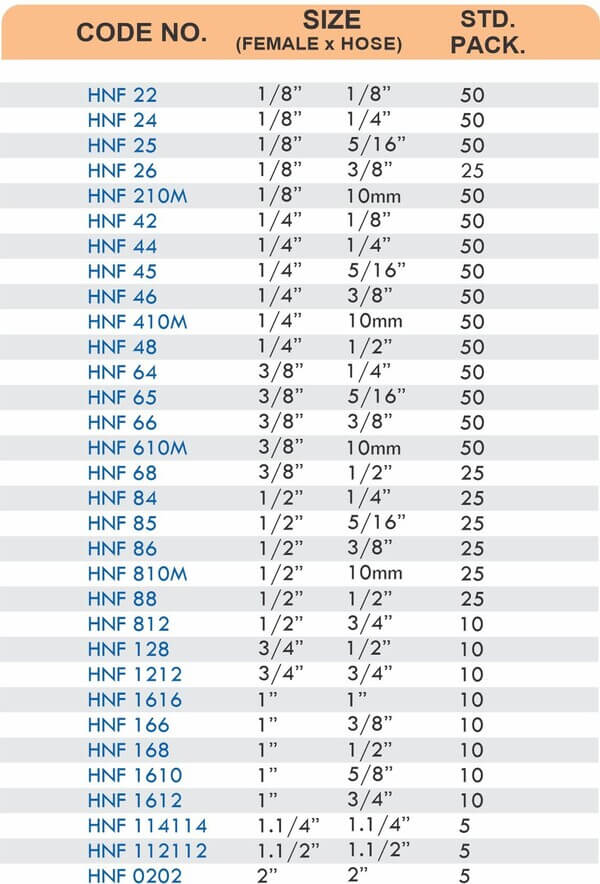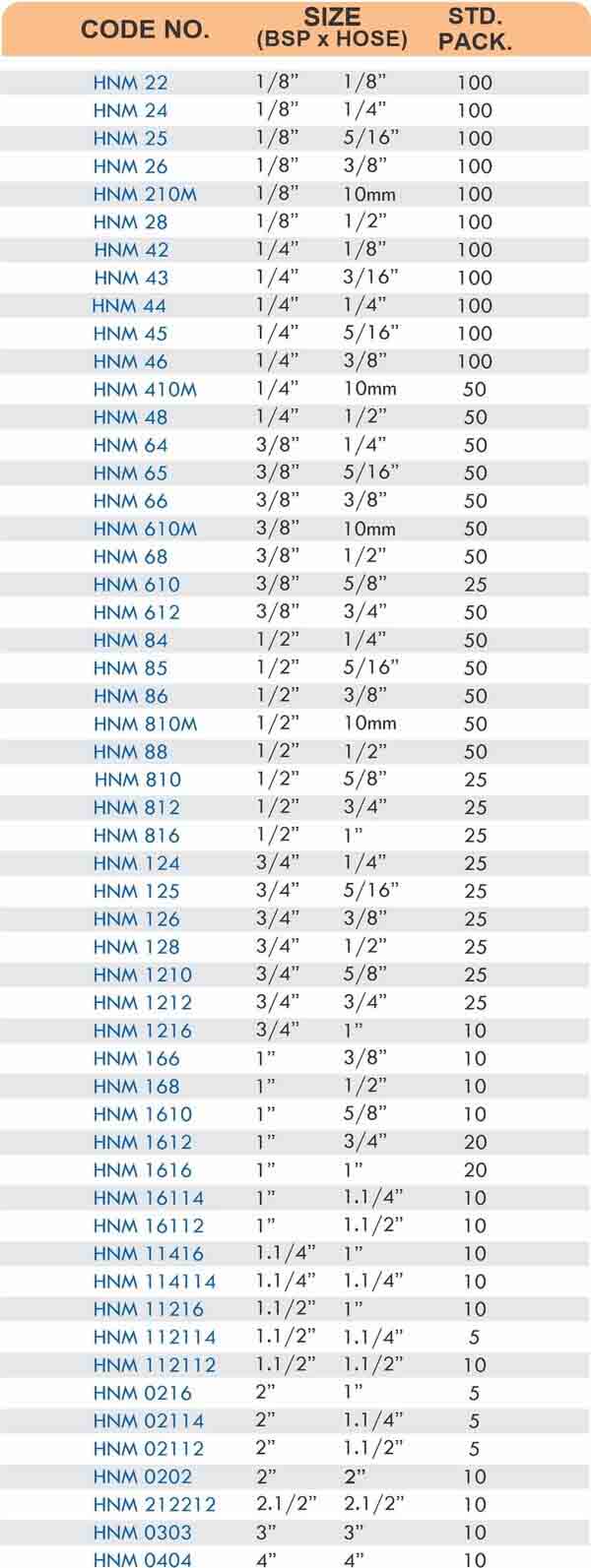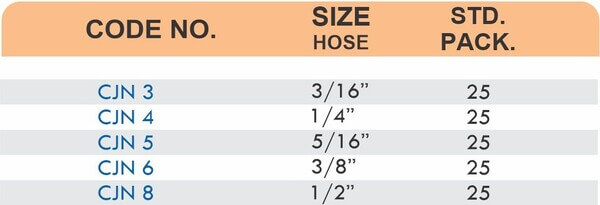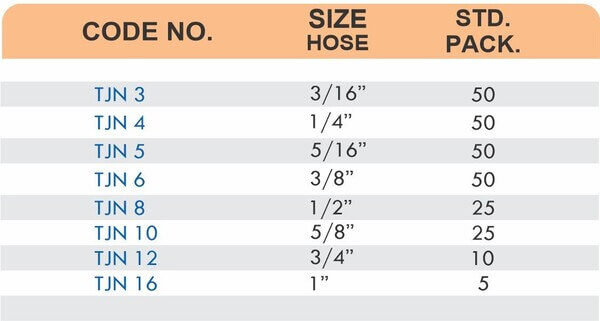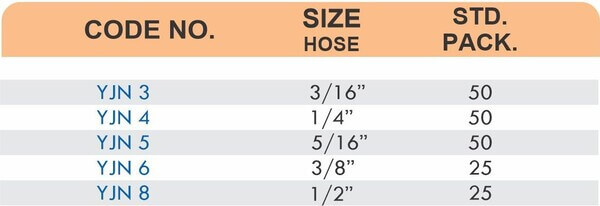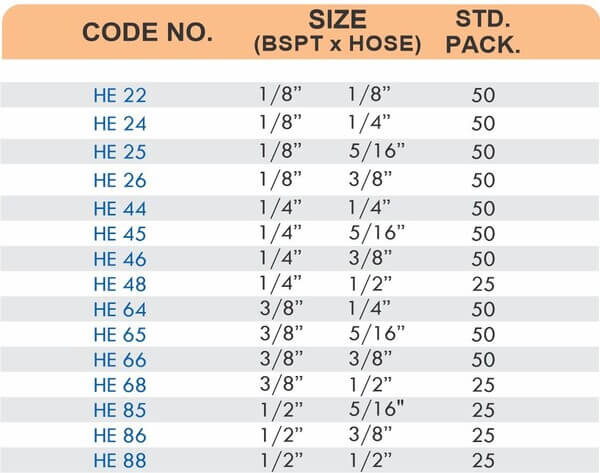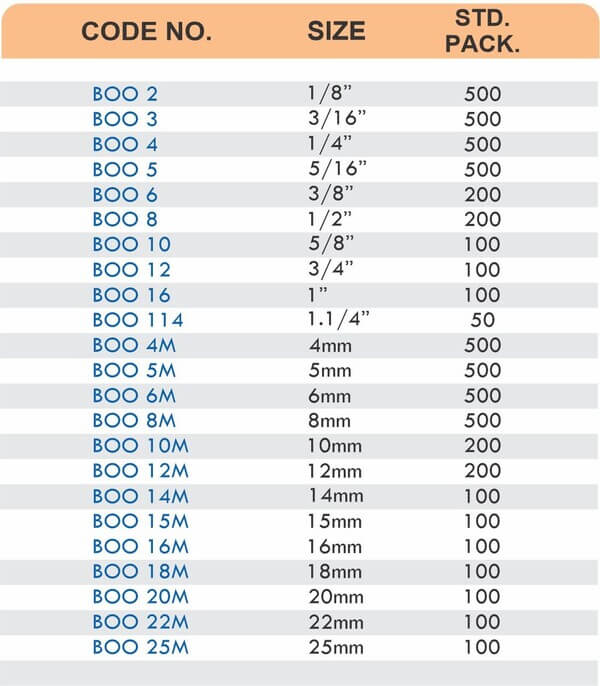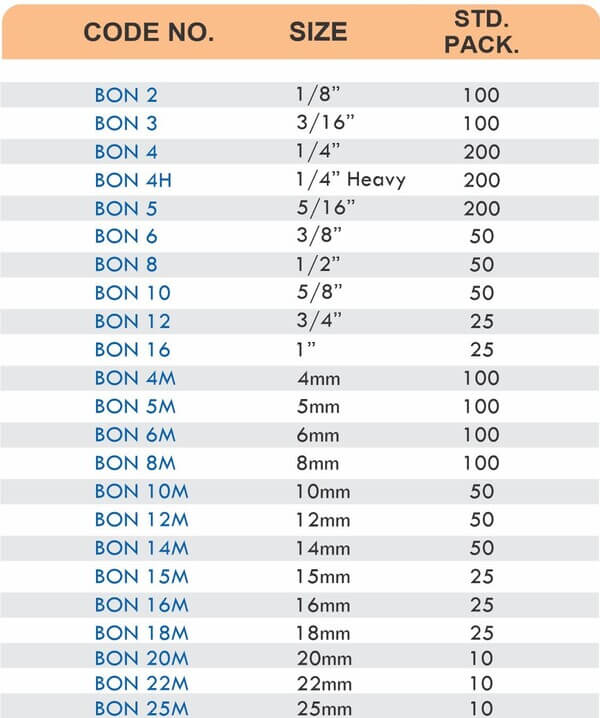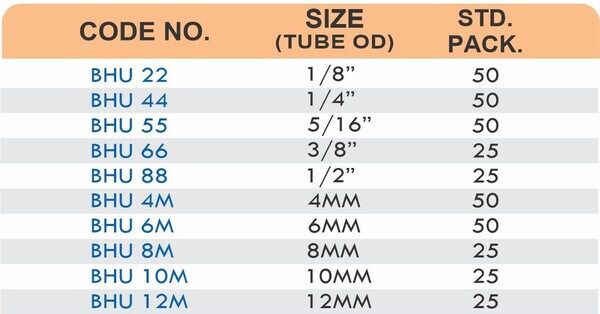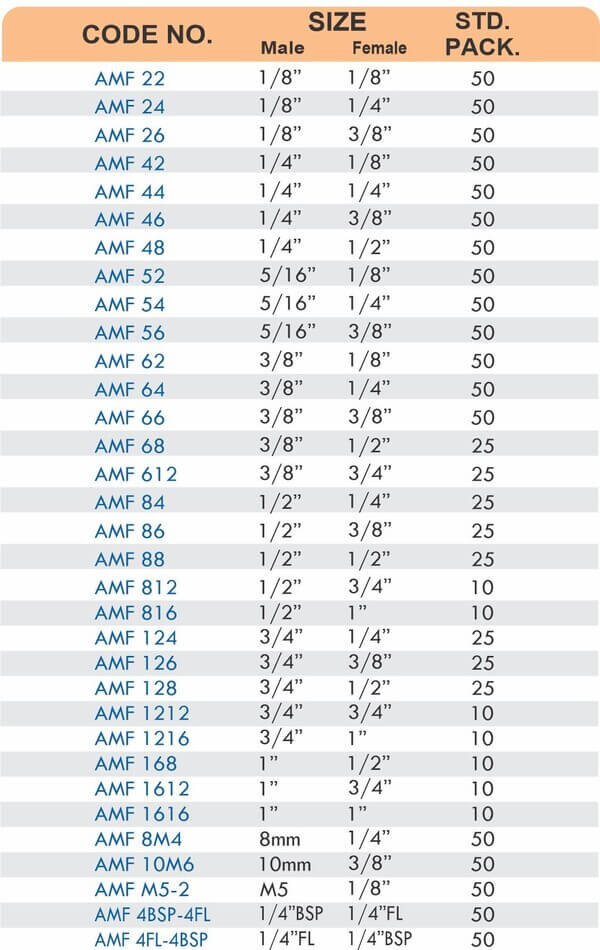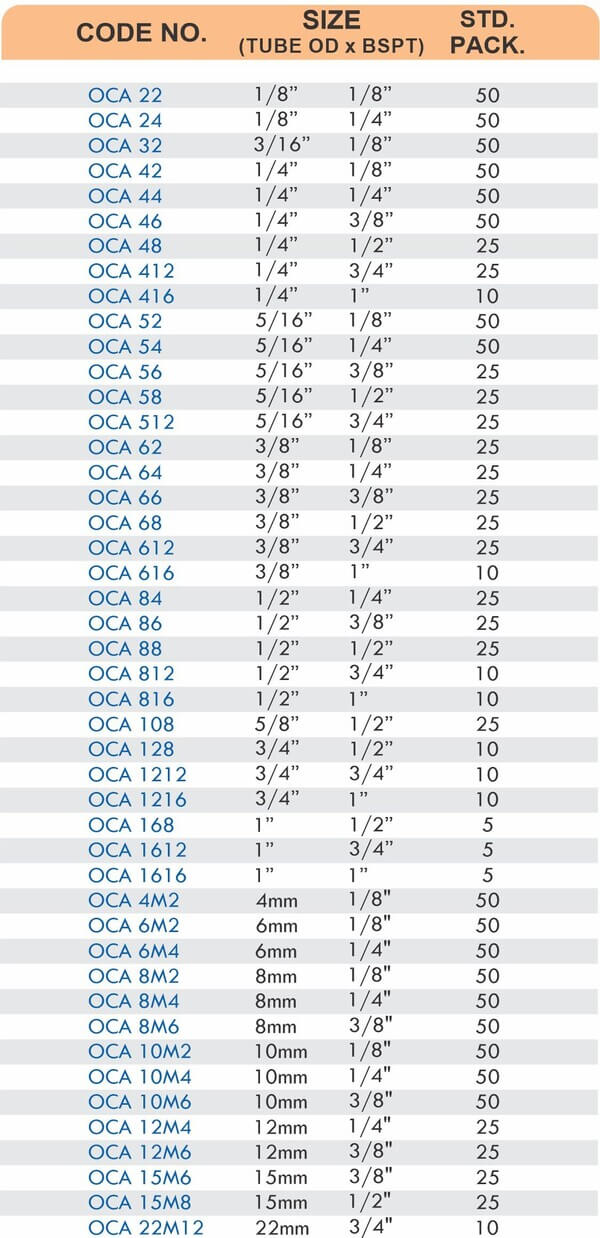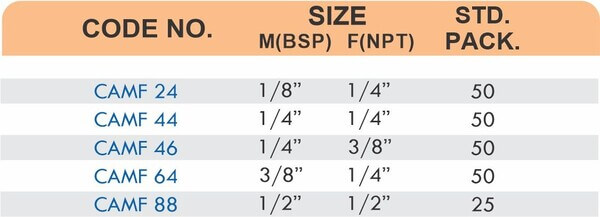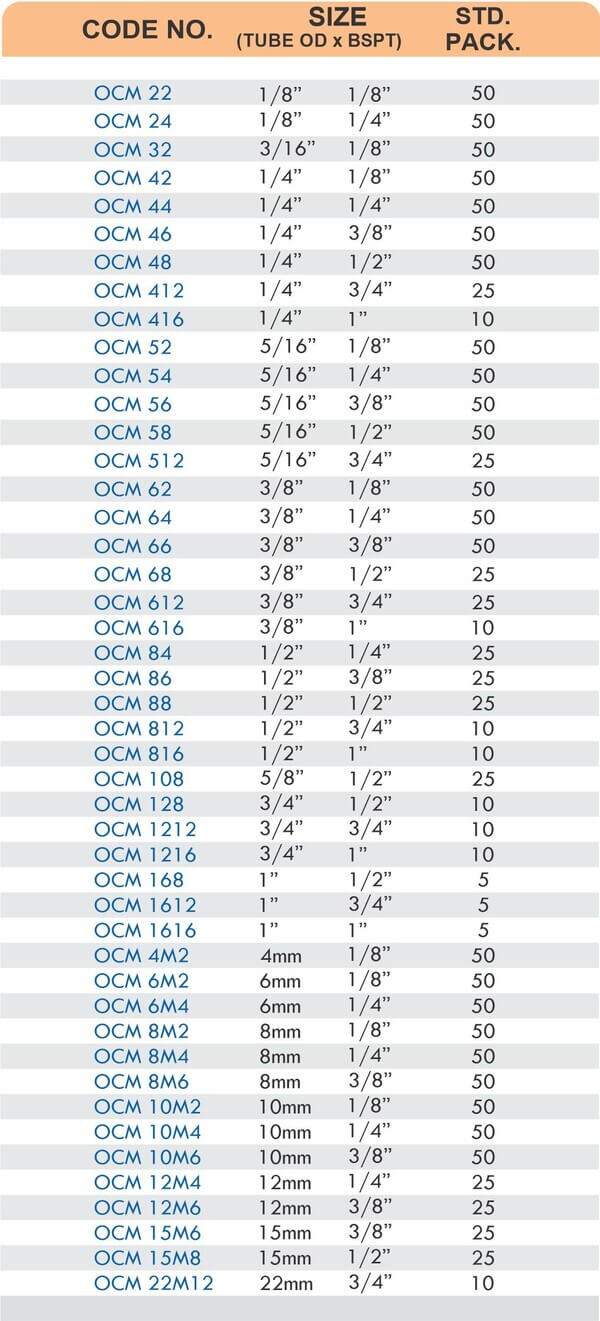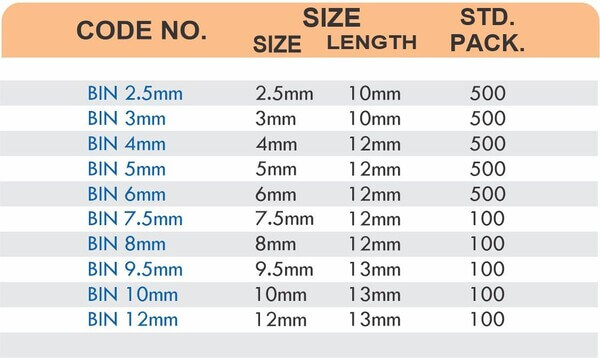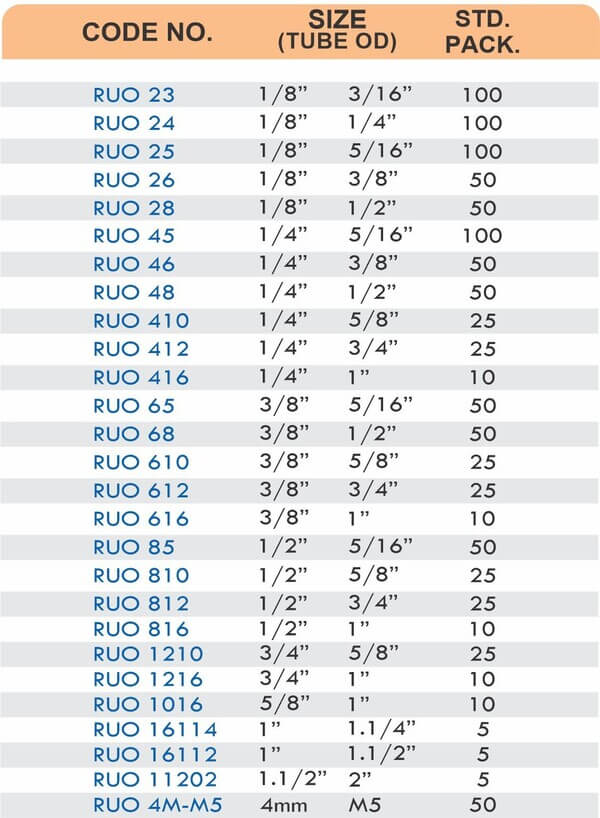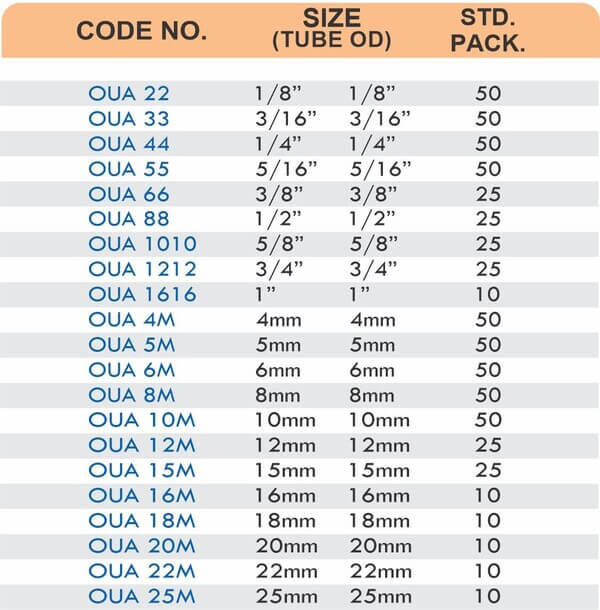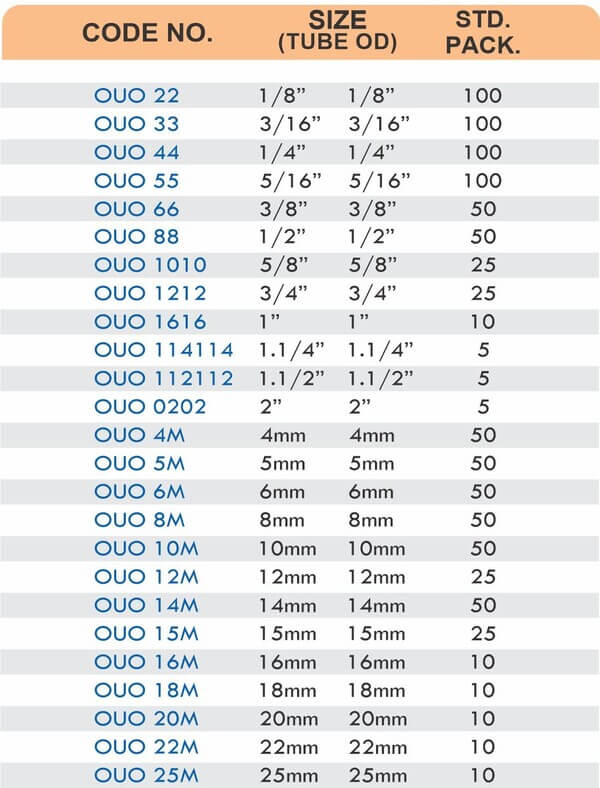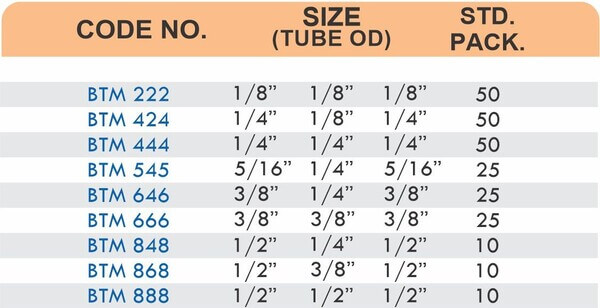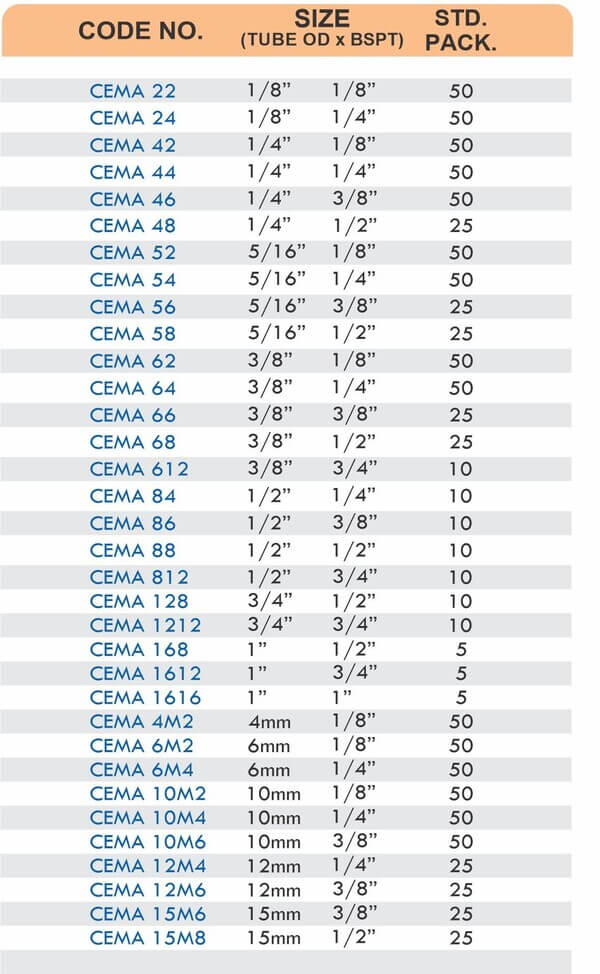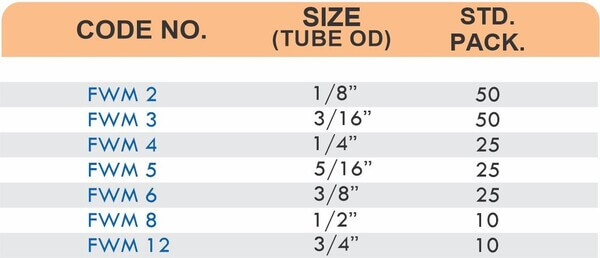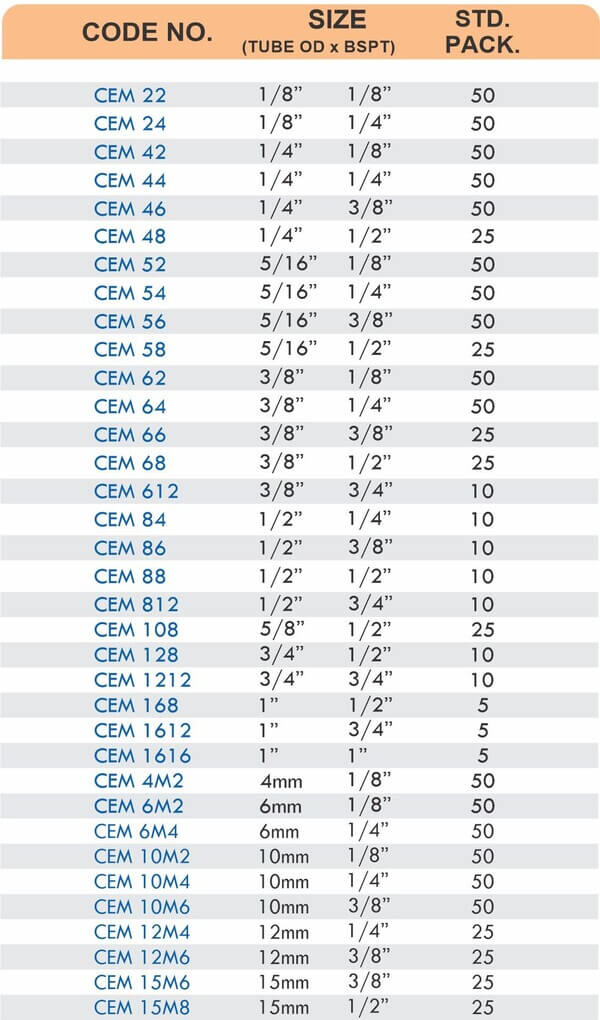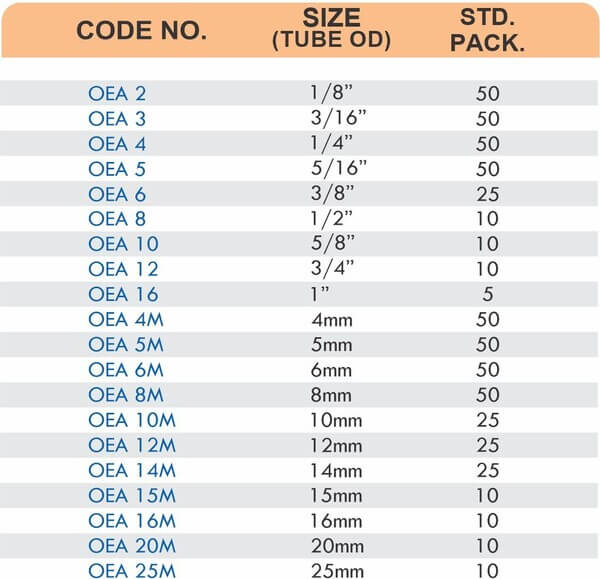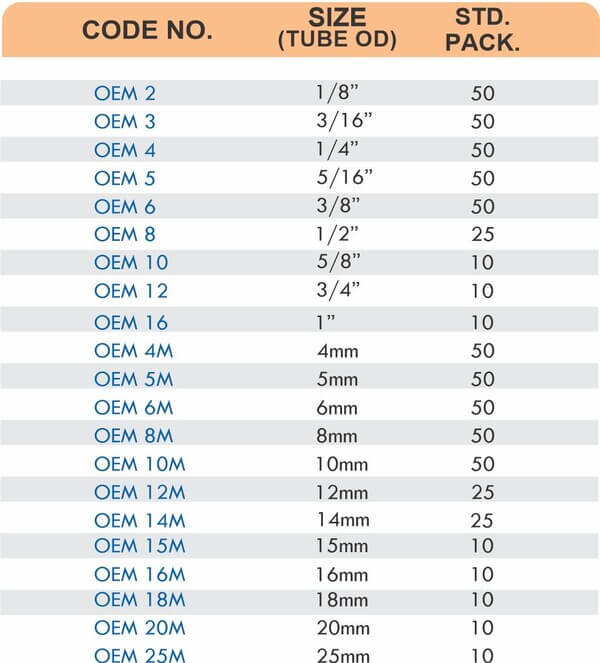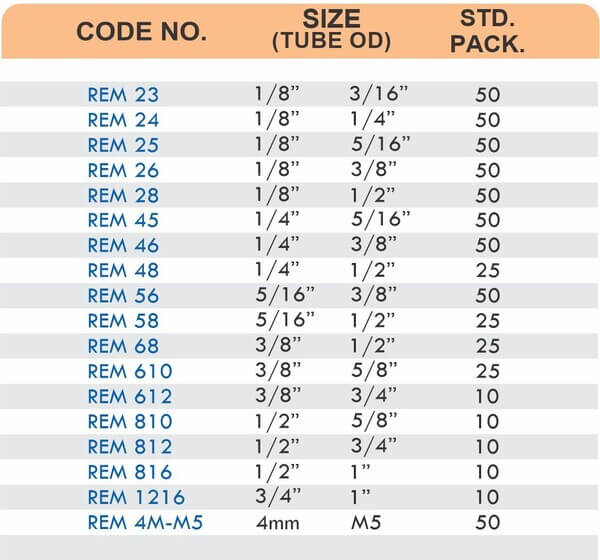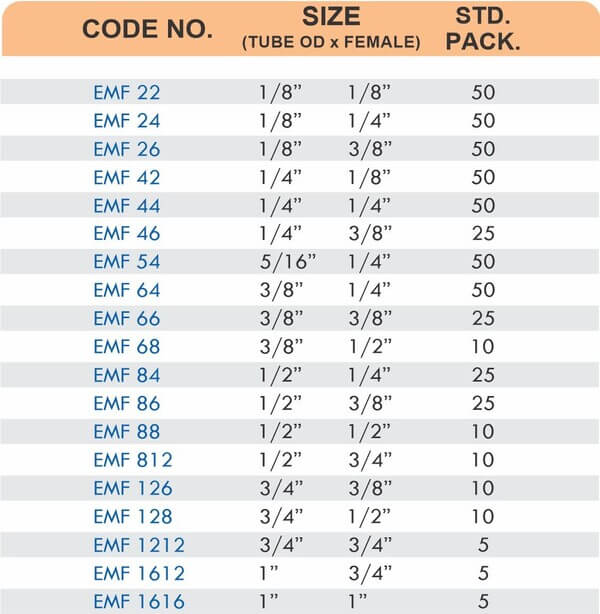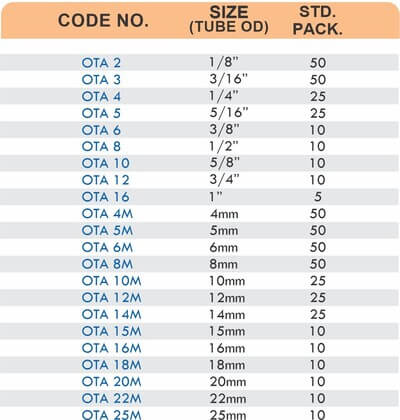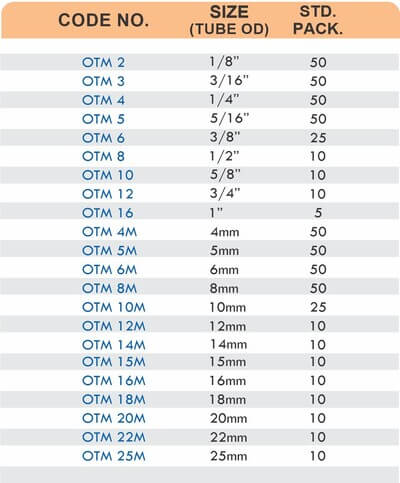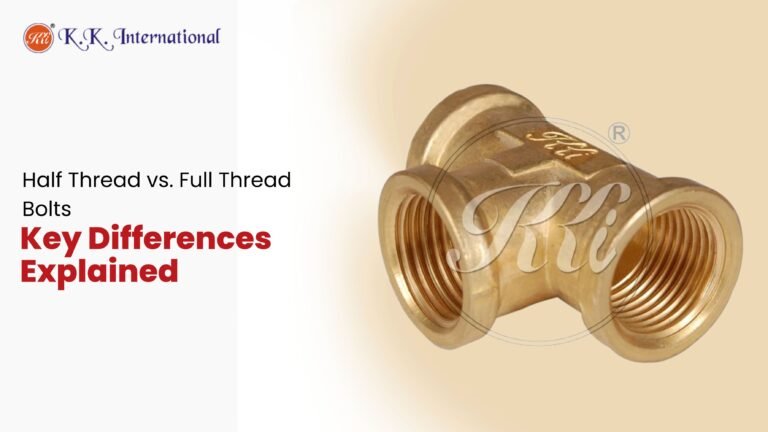
Half Thread vs. Full Thread Bolts: Key Differences Explained
A fully threaded bolt means that all the tension applied to the bolt is distributed over the entire structure, which means it can handle more force than a partially threaded bolt. Yet here’s the paradox: the stronger option isn’t always the right choice. In industrial fastening, more thread doesn’t automatically equal better performance—and that counterintuitive reality has derailed everything from aerospace assemblies to bridge construction projects.
The Anatomy of Performance: What Actually Distinguishes These Fasteners
Full Thread Bolts: Maximum Contact, Maximum Grip
Full thread bolts have no thread-free portion, meaning that the threads run from under the head to the tip. This complete threading architecture creates superior grip strength by maximizing material contact across the entire fastener length. The engineering advantage is clear: distributed load forces prevent localized stress concentrations that commonly cause failure in critical applications.
Full thread bolts excel in environments demanding maximum holding power with minimal shear stress requirements. Think heavy machinery mounting, structural anchoring, and applications where vibration loosening poses the primary threat.
Half Thread Bolts: Strategic Strength Distribution
Half thread (Partially thread) will provide less grip strength as thread lengths are lesser, made mounting pressure that spread to the material or object also lesser. It is more suited for application where shear strength and alignment are involved. But here’s where conventional wisdom misses the mark: that smooth shank section isn’t a weakness—it’s a precision tool.
The unthreaded portion creates a pivot point that absorbs lateral forces more effectively than continuous threading. In bolts, this smooth section is called the shank, which allows for better shear resistance. This design prevents thread engagement in the shear plane, where threading actually becomes a structural liability.
The Performance Mathematics: When Engineering Meets Reality
Here’s what separates expert-level fastener selection from amateur guesswork:
Tensile Load Distribution: Full thread bolts spread tension across 100% of the fastener length, creating redundancy that prevents single-point failures. Half thread bolts concentrate tensile forces in the threaded section while the shank handles shear loads—a division of labor that optimizes material properties.
Fatigue Resistance: The smooth shank in half-thread bolts eliminates stress risers that cause crack initiation under cyclic loading. Full thread bolts, while stronger in pure tension, create multiple potential failure points along the entire threading interface.
Assembly Precision: Half-thread bolts enable consistent clamping force because the smooth shank provides predictable bearing surface contact. Full thread variants can bind during installation, leading to uneven stress distribution and compromised joint integrity.
Strategic Application Intelligence: The Decision Matrix
Deploy Full Thread When:
- Pure tensile strength requirements dominate
- Vibration resistance is critical
- Maximum material engagement is needed
- Shear forces remain minimal
Deploy Half Thread When:
- Shear loads exceed tensile requirements
- Precise alignment is non-negotiable
- Dynamic loading creates fatigue concerns
- Smooth bearing surfaces are essential
The Manufacturing Edge: Quality That Defines Performance
Get high-quality industrial fasteners from KK International. We manufacture and export bolts, nuts, washers, and more. ISO certified. The reality of fastener performance isn’t just about thread configuration—it’s about manufacturing precision that ensures consistent mechanical properties across every component.
Advanced cold-forming processes create grain flow alignment that enhances fatigue life by 40-60% compared to machined alternatives. Heat treatment protocols optimize hardness gradients that prevent premature wear while maintaining ductility where stress concentrations occur.
ISO certification isn’t just paperwork—it’s verification that dimensional tolerances, material chemistry, and surface finish specifications meet the exacting standards that separate reliable fasteners from expensive failures.
The Hidden Cost of Wrong Choices
Engineering firms routinely specify full-thread bolts as a default “safer” option, not realizing they’re creating unnecessary complications. Overtightening becomes more likely. Thread galling increases. Assembly time extends. Maintenance complexity multiplies.
Conversely, specifying half-thread bolts in pure tension applications sacrifices available strength for no functional benefit. The smooth shank provides no advantage when shear forces remain negligible, making it an expensive over-engineering mistake.
Strategic Sourcing: The Competitive Reality
The fastener industry rewards expertise over assumptions. Suppliers who understand application-specific requirements deliver solutions that enhance project performance while optimizing costs. Those who simply stock inventory create expensive bottlenecks when specifications demand precision matching.
The decisive factor: Engineering support that translates technical requirements into optimal fastener selection. Because in industrial applications, the difference between adequate and exceptional isn’t just about the bolt—it’s about the intelligence

